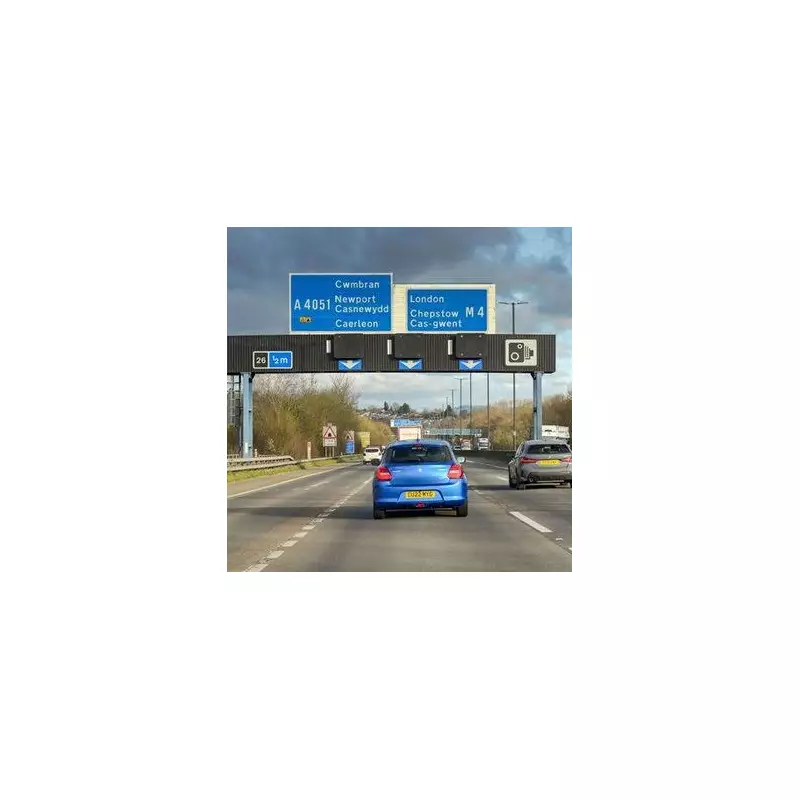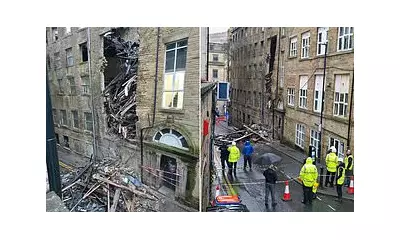
Ever wondered how speed cameras really work and what speed actually triggers a fine? The truth might surprise you.
How Speed Cameras Operate
Speed cameras are designed to enforce road safety, but they don't always flash the moment you exceed the limit. Most cameras have a tolerance threshold, allowing drivers a small margin before issuing a penalty.
The 10% + 2 Rule
Many police forces in the UK follow the '10% + 2' guideline. This means you could be driving up to 10% over the speed limit plus an additional 2 mph before facing a fine. For example, in a 30 mph zone, you might not be penalized until you hit 35 mph.
Why the Tolerance Exists
The allowance accounts for potential inaccuracies in speedometers and ensures enforcement focuses on genuinely dangerous driving rather than minor infractions. However, this isn't a legal right – officers can still fine you for any speeding offence.
Different Cameras, Different Rules
Not all cameras operate the same way. Fixed speed cameras, mobile units, and average speed check zones may have varying enforcement thresholds. Always assume the limit is absolute to stay safe.
Consequences of Speeding
Even with tolerances, speeding remains risky. Penalties can include fines, points on your licence, or even disqualification. More importantly, excessive speed dramatically increases accident risks.
While understanding camera tolerances might help occasional lapses, the safest approach is always to stick to posted limits. After all, arriving safely is more important than arriving quickly.





